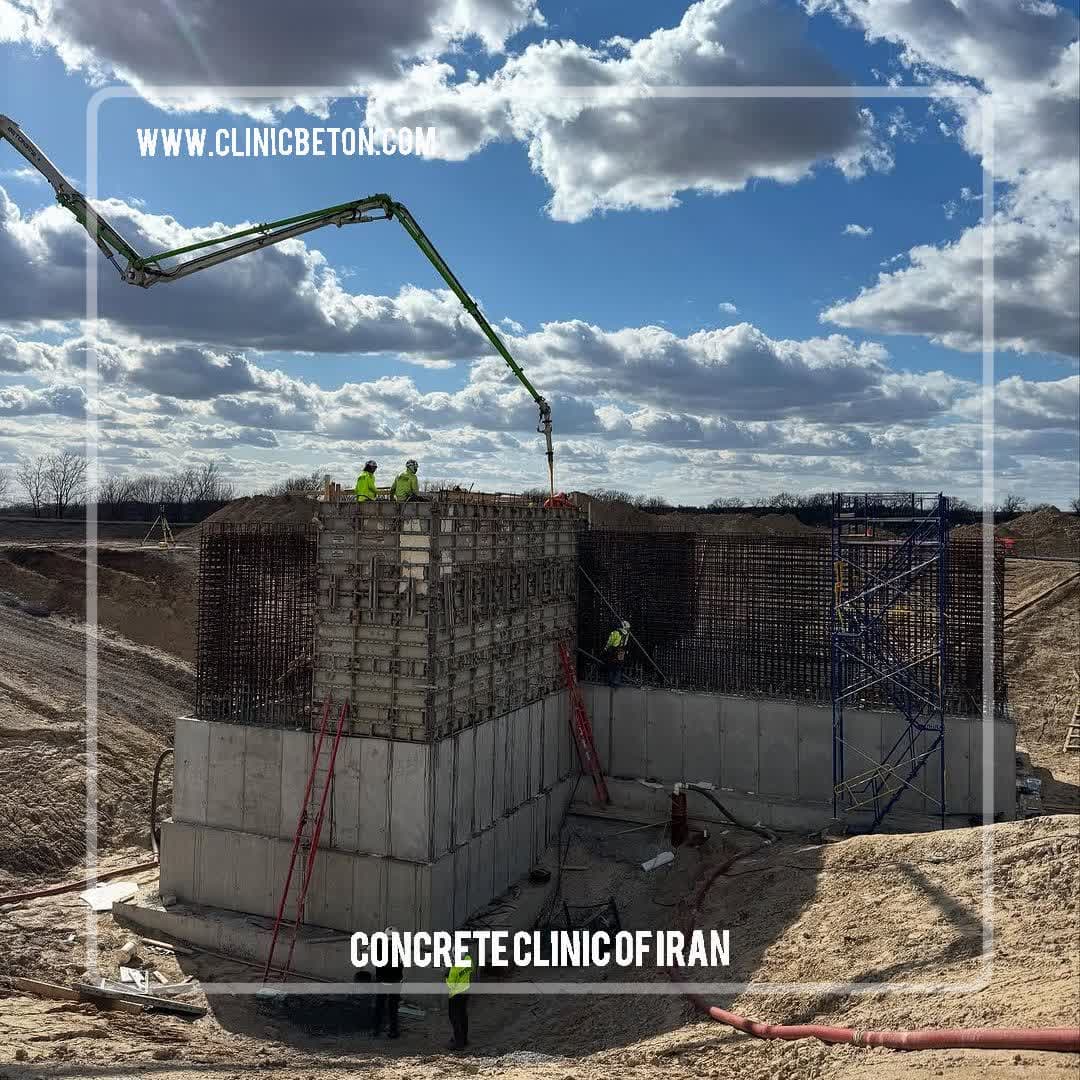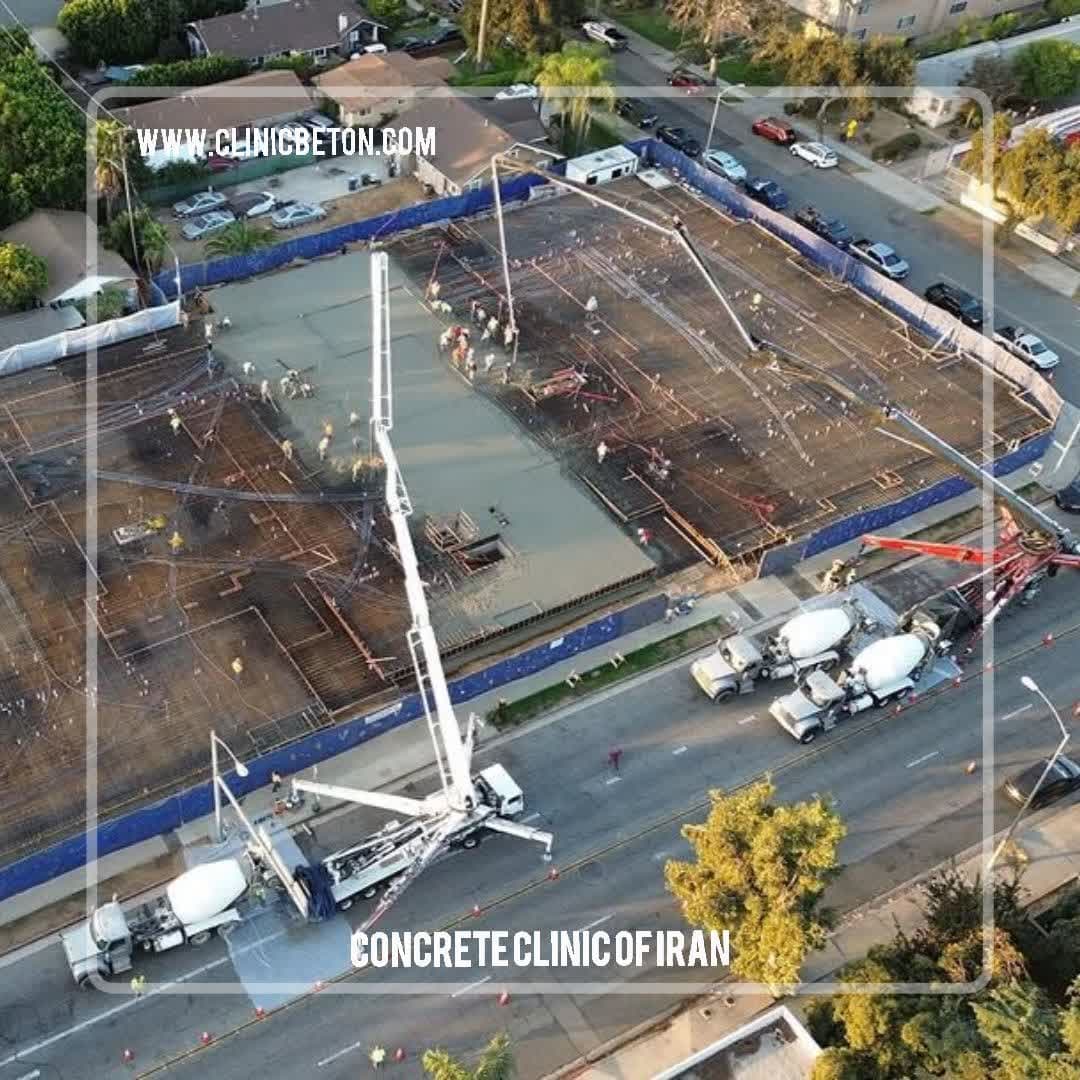Concrete Casting in Hot Weather – Definition, Guidelines, Challenges, and Solutions (According to International Standards)
Definition
Hot weather concreting refers to concrete placement and finishing under conditions that accelerate the rates of moisture loss and cement hydration, often resulting in adverse effects on the final product. According to ACI 305R, hot weather conditions are typically defined as:
Air temperature above 30°C (86°F)
Low relative humidity
High wind speed
Solar radiation
These factors either individually or collectively can negatively impact the quality and properties of fresh and hardened concrete.
International Standards
ACI 305R: Guide to Hot Weather Concreting
EN 13670 (European): Execution of Concrete Structures
ASTM C94/C94M: Standard Specification for Ready-Mixed Concrete
ISO 22965-2: Concrete – Part 2: Specification of Concrete
Main Problems in Hot Weather Concreting
Increased evaporation and rapid moisture loss
Accelerated setting times
Reduction in workability
Non-uniform surface finish / plastic shrinkage cracking
Decreased final strength
Thermal cracking due to temperature gradients
Difficulties in compaction and finishing
Key Precautions and Executive Solutions

A. Before Concrete Placement
Cool materials: Store aggregates and water in shaded areas. Use chilled water or ice as part of mixing water if necessary.
Schedule placement: Place concrete during cooler parts of the day (early morning, late evening, or night).
Shade work area: Erect temporary shading or windbreaks around the construction site.
Use admixtures: Incorporate retarders or water-reducing admixtures to delay setting and improve workability.
B. During Mixing and Delivery
Reduce transit time: Ensure concrete delivery and placement occur as soon as possible after mixing.
Keep agitators running: If transporting over long distances, keep drum mixers in constant motion.
Monitor temperature: Ensure concrete temperature does not exceed 30°C at placement (ACI 305R recommends between 10°C and 30°C).
C. During Placement and Compaction
Rapid placement: Minimize the time between mixing and final compaction/finishing.
Use experienced workforce: Employ skilled workers for faster and more effective placing and compaction.
D. Curing Procedures
Immediate curing: Start curing as soon as the surface is finished.
Maintain moisture: Use water sprays, fogging, curing compounds, or moist coverings (burlap, plastic sheets) to minimize evaporation.
Continuous curing: Maintain continuous moist curing for at least 7 days (as per ACI), or as specified by design.
Common Issues & Troubleshooting
| Problem | Cause | Solution |
|---------------------------------|--------------------------------------|-------------------------------------------------------------------------------------------|
| Plastic shrinkage cracking | Rapid water loss | Immediate curing, use of windbreaks, and surface protection |
| Low workability | High evaporation rates, fast setting | Use retarders, cool mix water and aggregates, avoid hot equipment surfaces |
| Accelerated set | High temp., low humidity | Use set-retarding admixtures, shorten transport & placement times |
| Reduced strength | High water demand, improper curing | Control water-cement ratio, use appropriate curing methods, avoid re-tempering |
| Thermal cracking | Temperature differentials | Place concrete at coolest time, use insulated forms, gradual removal of forms |
References
ACI 305R-20: Guide to Hot Weather Concreting
Read more
EN 13670: Execution of Concrete Structures
ASTM C94/C94M: Standard Specification for Ready-Mixed Concrete
ISO 22965-2:2007: Concrete – Part 2: Specification of Concrete
Useful Links
ACI Hot Weather Concreting
Clinic Beton Iran
RBS-CONTECH International

Optimal Solutions for Hot Weather Concreting
- Cooling Materials:
- Use chilled water or ice as part of the mixing water to reduce concrete temperature.
- Store aggregates and cement in shaded areas to prevent them from heating up.
- Timing of Concrete Placement:
- Schedule concrete placement during the coolest times of the day, such as early morning or late evening, to minimize exposure to high temperatures.
- Use of Admixtures:
- Utilize retarding admixtures to delay the setting time and maintain workability.
- Employ water-reducing admixtures to achieve required workability with less mixing water.
- Site Protection Measures:
- Erect temporary shading and windbreaks to protect both fresh concrete and workers from sun and wind.
- Cover equipment and forms with wet burlap or plastic sheets.
- Rapid and Efficient Placement and Finishing:
- Minimize the time between mixing, delivery, placement, and finishing.
- Use a skilled workforce for quick and efficient concreting activities.
- Effective Curing Practices:
- Begin curing immediately after finishing by using fog sprays, wet coverings (e.g., burlap), or curing compounds to retain moisture.
- Continue moist curing for at least 7 days as recommended by ACI 305R.
- Transportation Control:
- Avoid unnecessary delays during transport. Use insulated transport equipment if possible.
- Keep the agitator running if transport is prolonged to prevent concrete stiffening.
- Temperature Monitoring:
- Monitor the temperature of fresh concrete at all stages. Ensure it does not exceed 30°C at the time of placement.
- Limiting Water Addition at Site:
- Do not add extra water to the concrete mixture on-site. Use admixtures to adjust workability if needed.
- Collaboration with Experts:
- Consult concrete specialists and refer to international standards (e.g., ACI 305R, EN 13670) for project-specific solutions.
References & Consulting:
For technical advice and the latest solutions according to international standards, contact:
If you need further technical support or specific solutions for your project, you can contact Clinic Beton Iran